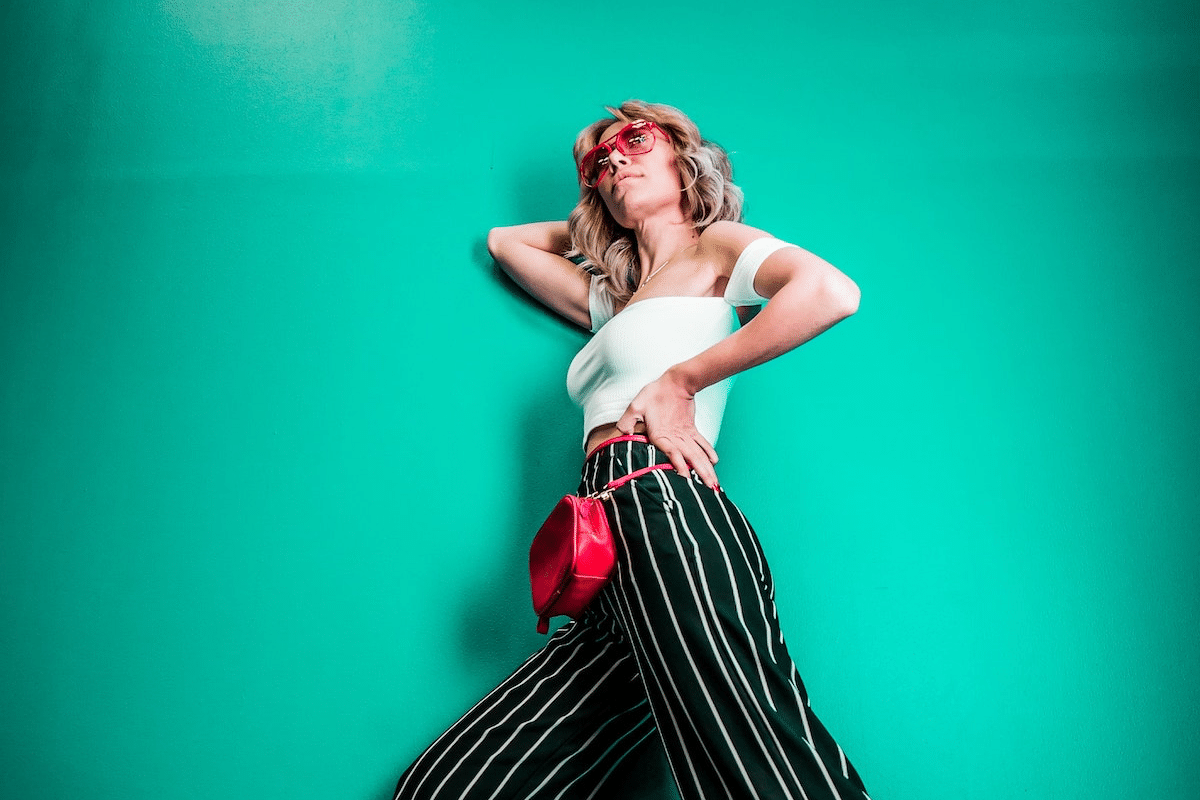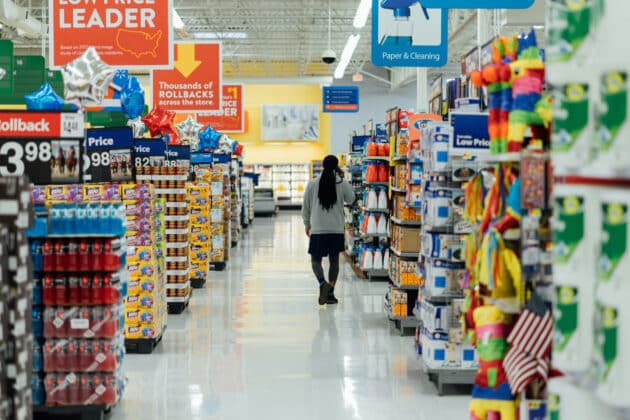With clothing stores closed, factories shut or repurposed to make protective gear, and many fashion weeks cancelled, everyone is wondering: What’s next for the fashion industry?
A sector that has for so long been characterized by excess is now exhibiting an evolution as executives from big fashion houses are calling for change.
Let’s have a look at fashion after the lockdown and unpack the biggest trends disrupting the industry.
From Store Mannequins to Digitally Rendered Models
COVID-19 is pushing brands to engage and experiment with immersive technologies in order to provide their customers with something that resembles the physical experience they used to enjoy. This is where virtual clothing, digital catwalks, and online showrooms come into play.
Some brands are having issues with warehouses and producing new clothes, making virtual clothing the fastest way to create a collection and present it. If they can’t produce a certain item anytime soon, shoppers can still add it to their wish list or pre-order and once it’s ready, it can easily be shipped directly to them.
An example of this in action is how fashion designer Cat Taylor created digital renderings of her new season’s collections, which were then linked to Selfridges, an ecommerce site.
Sustainable and Responsible Fashion Escapism
Having been locked in for some time, consumers are raising the bar for responsible creativity, flair, and imagination. Fashion-forward audiences have had more time to consider their choices, to hone their own creativity, and to determine which brands are worthy of supporting from a sustainability point of view.
As Katie Baron-Cox, Director of Brand Engagement at retail intelligence agency Stylus, noted in an interview with Forbes: “Generosity of service will become a key new metric for brands.” Eco-ethical credentials and socially positive actions will become even more important in the future as “purpose will increasingly conflate with performance.”
Gen Z and Millennial shoppers were already keen on sustainable fashion long before the COVID-19 crisis, and now their concerns are even more pronounced. Brands that focus their business models on sustainability are primed to capture more of the younger generations.
Retail Slims Down Collections and Focuses on Versatility
This year’s spring/summer collections were nearly forgotten about while autumn/winter collections have been adapted to a more pared down world, according to Catherine Broome, Executive Search, Luxury and Fashion at Odgers Berndtson.
These days it’s all about trans-seasonal pieces and smaller clothing ranges that limit the number of styles, thus making for more timeless wardrobes. Less obsolescence also translates into a great achievement for fashion sustainability, Broome predicts.
Mass Production Remains Stalled for Now
Sustainable fashion may be a conscious decision for some, but for others it’s a consequence of logistical and economic shifts caused by the onset of a new normal. One thing’s for sure: It’s a solid strategy for the future. Mass production of disposable items remain stalled for now, as more and more consumers seek out eco-friendly options.
For brands to thrive, keeping agile with sustainability in mind is essential for the future. Jumpstarting the industry again may mean returning to fundamental fashion principles, like simple, beautiful, and unique pieces.
Comfort and Structure Don’t Go Out of Style
Athleisure and casualization were already strong trends, and they’ve only been reinforced in the wake of COVID-19.
At the same time, some “may want to project power and, historically, that’s meant something hard—things that act like armor, a second skin,” says Valerie Steele a fashion historian and director of the museum at Manhattan’s Fashion Institute of Technology. This could mean seeing more structured silhouettes through items like shoulder pads and leather belts and jackets.
The Future of Fashion is Health-First
Consumers today are looking for ways to safeguard their health and that of those around them. With facemasks becoming the must-have accessory of the year, we expect to see even more emphasis on sustainable, ethical, and socially conscious wardrobes in the future.
When it comes to fashion marketing, leveraging ad creative that helps consumers understand what a brand is doing to promote global health, safety, and sustainable practices is a big step in the right direction.





















